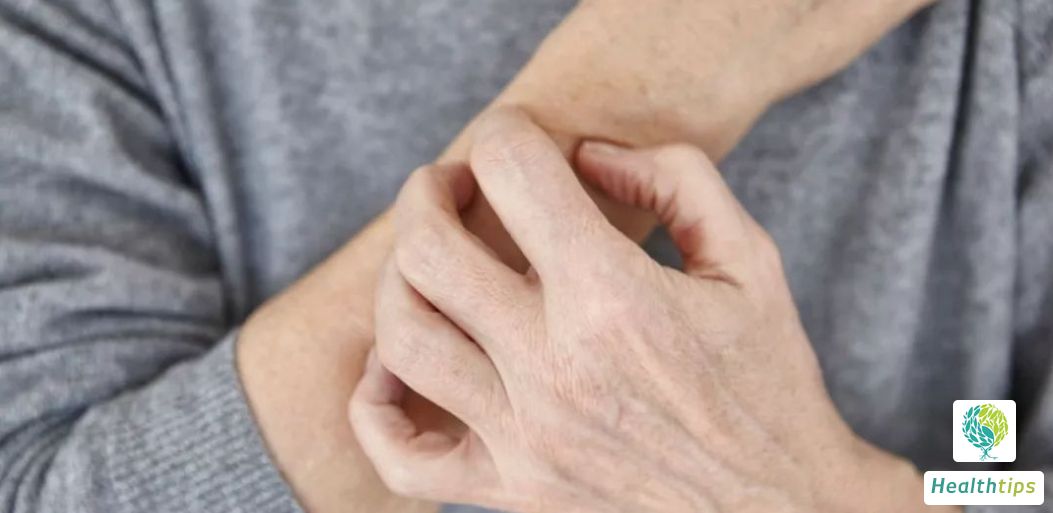How to Deal with Gout in the Big Toe?

Gout in the big toe can be a manifestation of acute gouty arthritis and chronic gout. During acute attacks, non-steroidal anti-inflammatory drugs, colchicine, or glucocorticoids are typically prescribed for treatment, and symptoms usually resolve within two weeks. For chronic gout, treatment focuses on reducing uric acid levels based on the patient's specific condition, including the use of drugs that promote uric acid excretion and inhibit its synthesis.
So, how can we prevent or reduce gout attacks in the big toe joint? Here are some tips:
1. Keep your feet warm and promote blood circulation. Although humans are homeothermic animals, the body temperature can vary among different parts, with the extremities having the lowest temperature. Gout attacks often occur at night, which is related to the lower temperature in the extremities during this time. Therefore, during seasonal transitions such as spring-summer or autumn-winter, it is important to keep your feet warm (by wearing socks while sleeping) and promote blood circulation in the feet (through foot baths or massages). This can help reduce uric acid deposition and lower the risk of gout.
2. Protect your joints. Minor injuries to the big toe joint, such as those caused by long-distance walking, may not cause immediate pain but can lead to swelling within the joint. Once the joint begins to rest, the free water in the synovial fluid quickly drains away, leading to a sudden increase in uric acid levels and triggering gout. Therefore, when gout risk factors are present, such as alcohol consumption and a high-purine diet, it is advisable to minimize long periods of walking. Additionally, choosing comfortable and well-fitting shoes is crucial for protecting the joints.
3. Maintain a healthy weight. Obese individuals tend to have finer capillaries in their extremities, making them more prone to poor blood circulation and uric acid deposition in the big toe joint. Furthermore, obese people may experience more severe joint damage when walking compared to individuals with normal weight, increasing the risk of acute gout attacks. Therefore, actively managing weight is essential for gout prevention.



















